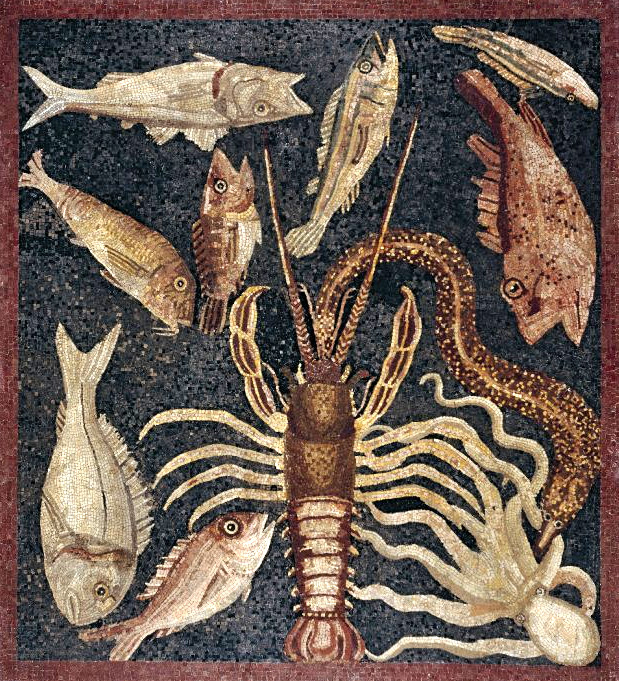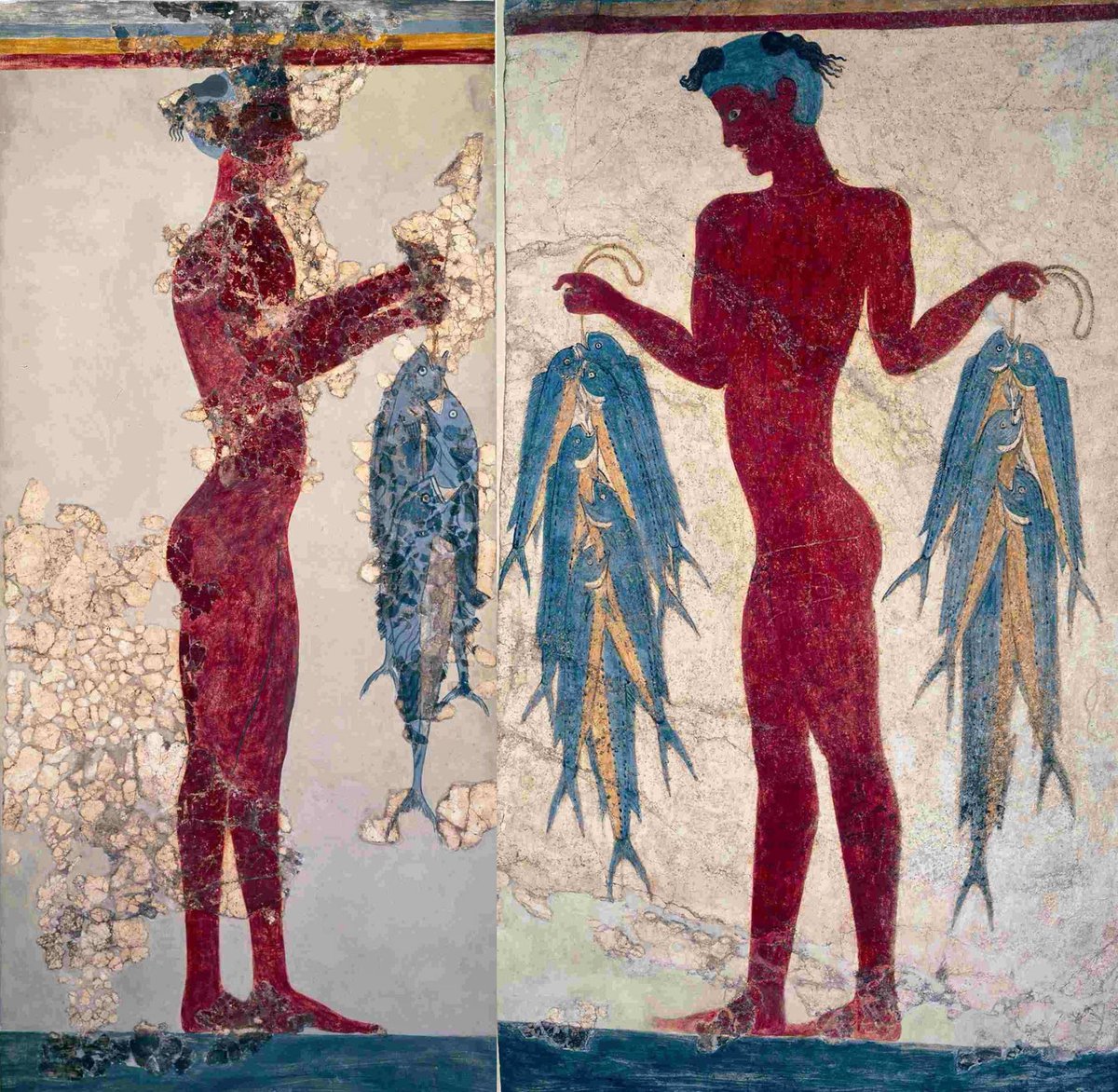1701
1702
1703
1704
1705
1707
1710
1712
The Imperial Crown. Place of origin: West Germany.Date: 2nd half of the 10th century; Crown cross addition of the early 11th century.Medium: Gold, enamel, gemstones, pearls. It is now kept in the Imperial Treasury at the Hofburg in Vienna, Austria.
1713
1714
1715
1717
Relief of Eagle-Headed Winged Figure Standing Between Two Sacred Trees. Neo-Assyrian, from Nimrud (Iraq), dated to ca. 883-859 BC. Detailed post: instagram.com/archaeologyart
1718
1719
1721
1722
1725



























